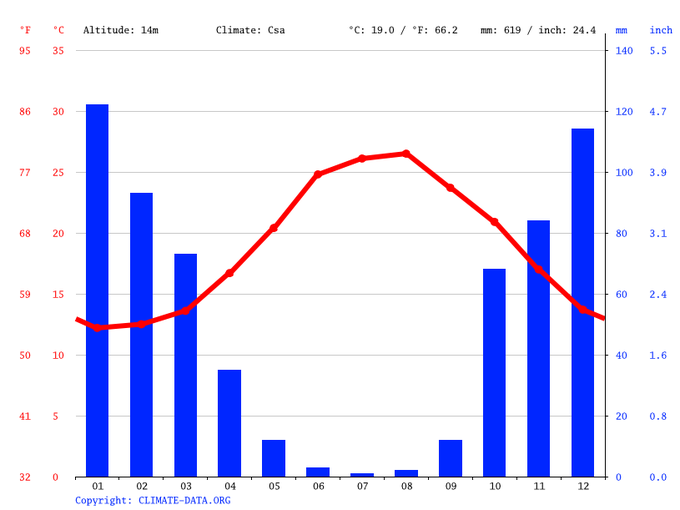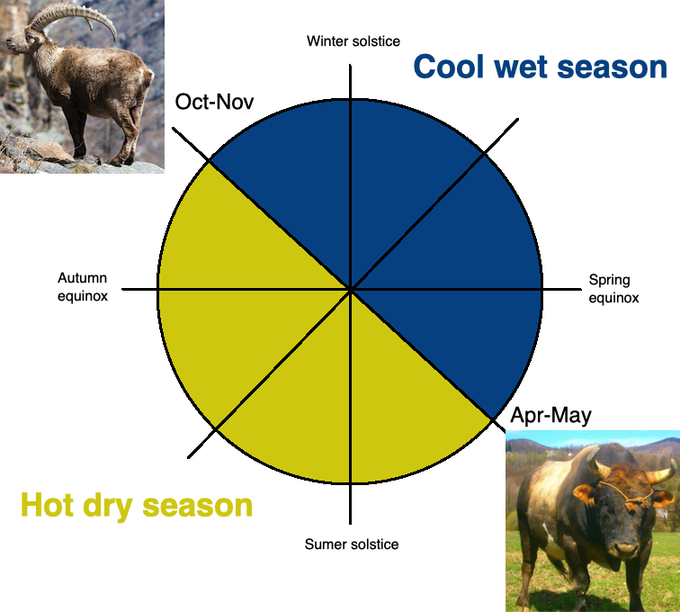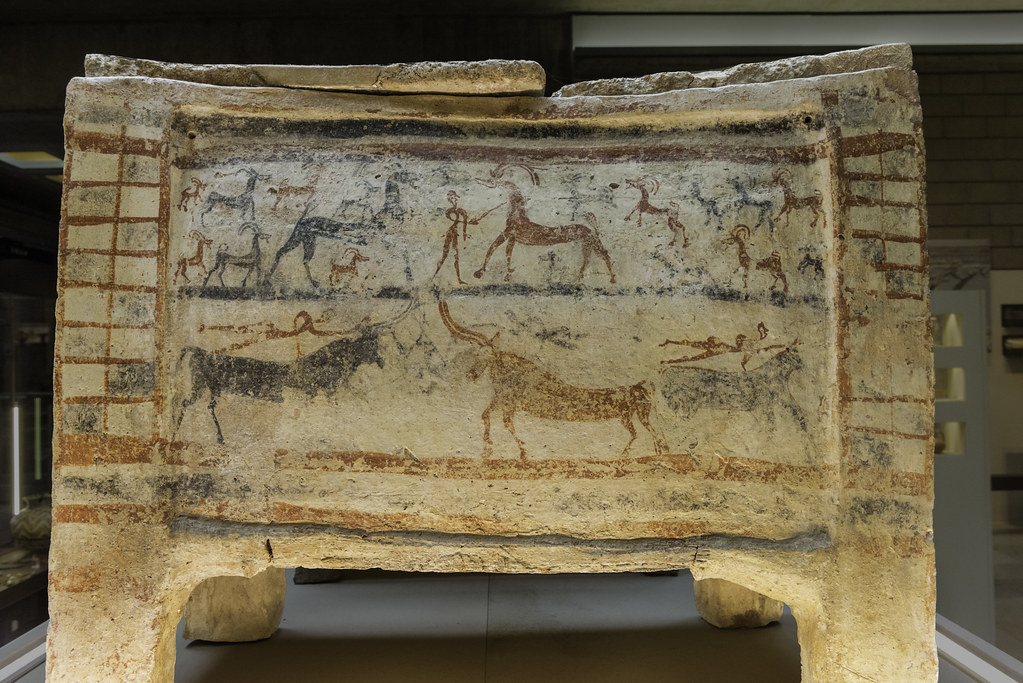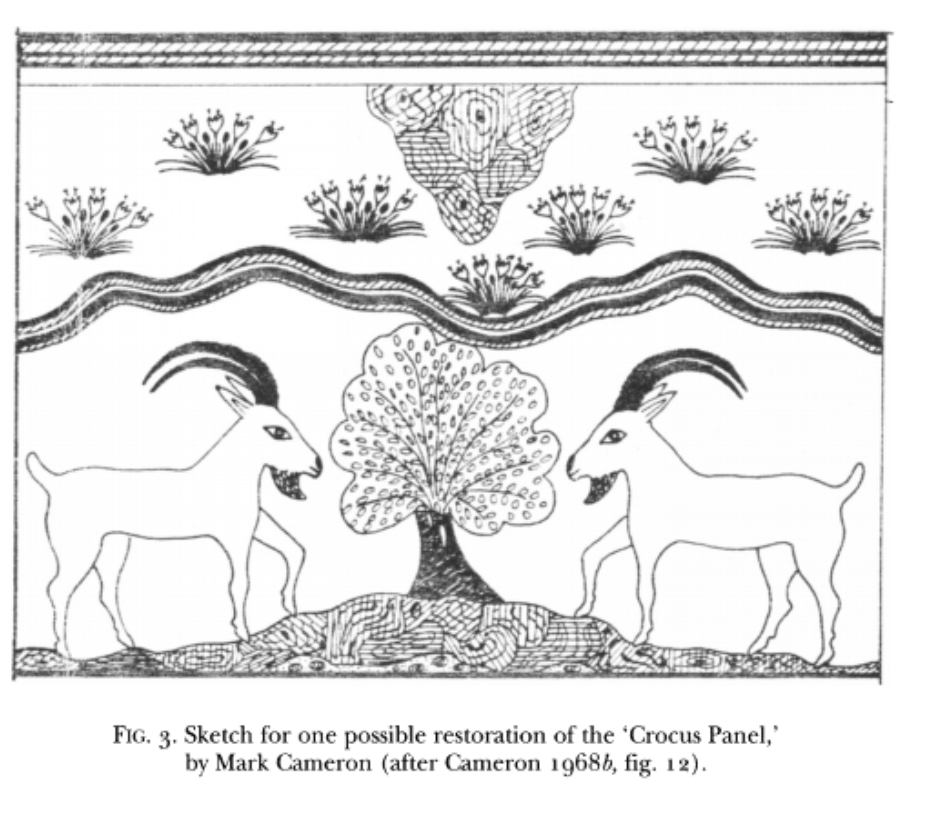A very very strange Minoan seal. "Horned animal attacked by a dolphin". Seal now in Berlin. AGDSII, No. 57...
I came across this seal in the paper "Minoan Sacrificial Ritual" by Nanno Marinatos. Here is what she says about this remarkable object:
"The most surprising of all animals represented as predators [on Minoan seals] is the dolphin. Here we are not merely moving into the realm of the fantastic, but of the improbable as well."
"Because the dolphin, a marine mammal (certainly a fish in the Minoan classificatory system) is represented as actually attacking horned animals!"
"The paradox here is so blatant that scholars of Minoan art have tried to find alternative explanations and designate the dolphin as a fish-monster. Yet the evidence [that this is a dolphin] is unmistakable."
End of quote...
So how are we to understand this? Through animal calendar markers...I already talked about dolphin as a calendar marker for the warm, dry half of the year in Mediterranean in my post "Coin from Byzantion" about this coin:
THRACE, Byzantion C. 340-320 BC. Heifer standing on dolphin; trident head below raised foreleg...Why? Well it's all about climate which determines the sailing season in Eastern Mediterranean, and lifecycles of wild Eurasian cattle and dolphins...
The reason why dolphin became an animal calendar marker for hot part of the year, is because dolphin mating and calving season in Mediterranean spans period May-Oct. And because dolphin gestation is about 12 months, the birthing season overlaps with the mating season. Both mating and birthing take place in the shallows, and is therefore easily observable by people living and fishing along the coast.
The mating periods for the three main dolphin types in Mediterranean are:
Common bottlenose dolphin (Tursiops truncatus) May - Aug, peak Jun/Jul
Short-beaked common dolphin (Delphinus delphis) May - Sep, peak Jul/Aug
Striped dolphin (Stenella coeruleoalba) Jul - Oct, peak Sep
This is climate in Crete...The climatic year is divided into hot and dry half (Apr/May - Sep/Oct) and the cool and wet half (Sep/Oct - Apr/May)...
The beginning of the hot dry season coincides with the beginning of the calving of the wild cattle (Apr/May) and the beginning of the cool wet season coincides with the beginning of the mating of the wild goats (Oct/Nov)...
I talked about this goat/bull dualism in Minoan art in my posts: "Goat riding thunder god", "Minoan bull sacrifice", "Theseus ring"...
Anyway, because it looks like it is "the virile goat who brings rain", in Minoan Crete we find The Goat of Rain associated with winter, rain, water, vegetation and the tree of life...I talked about this in my post "Goat riding thunder god"...
This is also why we see Ibex goats depicted with vegetation growing out of their backs (actually out of the water which falls as rain and snow during winter which is heralded by the beginning of the Ibex mating season). I talked about this in my post "Theseus ring"...
I further talked about the link between ibex goats, mountains, Minoan mountain sanctuaries, winter, rain and water in my post "Sanctuary rhyton"..
This rhyton was discovered in the palace of Zakros, the most isolated of all the Minoan Palaces and was dated to 1550-1500 BC. The decoration on the rhyton depicts a "mountain sanctuary". Were these mountain sanctuaries centres of Ibex "goat of rain" cult?
So...Back to the "dolphin attacking ibex goat (the horned animal is ibex goat)" seal. Knowing all this stuff now, how can we interpret this "crazy scene"?
The beginning of the hot dry season coincides with the beginning of the mating of the dolphins (Apr/May) and the beginning of the cool wet season coincides with the beginning of the mating of the wild goats (Oct/Nov)...
Dolphin, symbol for the hot, dry season (May/Oct) follows (attacks) ibex goat, symbol for the cool, wet season (Nov/Apr)...
That I might be onto something here can be seen from this other seal also found in the "Minoan Sacrificial Ritual" paper:
"Horned animals, bucranium, plant and dolphin". Seal now in the British Museum. CMS VII, 111.
You can see how the two goats, two symbols of cool wet half of the year (Oct/Nov - Apr/May), which are linked with vegetation, are opposed by bull and dolphin, two symbols of the hot, dry half of the year (Apr/May - Oct/Nov)
Dolphins and bulls are linked together, just like on this coin:
THRACE, Byzantion C. 340-320 BC. Heifer standing on dolphin; trident head below raised foreleg...Why? Well it's all about climate which determines the sailing season in Eastern Mediterranean, and lifecycles of wild Eurasian cattle and dolphins...I talked about this in my post "Coin from Byzantion"...
Will write more about dolphins in Minoan art soon.
In the meantime more Minoan and Mycenaean related articles: "Cornucopia", "Abduction of Persephone", "Painted eggs from Knossos", "Goats and partridges", "Saffron", "Origin of saffron"
Interestingly, this Ibex goat vs Fish/Bull symbolic dichotomy is also found in Mesopotamia...
I talked about this in my posts "Goatfish" and "Goatfish with ram head"...
And in my post "Feast plaque from Louvre"



















Why does a "dolphin" have four legs and a pointed tail?
ReplyDeleteIt has a dorsal fin, two pectoral fins and a tail fin. The other thing towards the back is the goat's tail
Delete